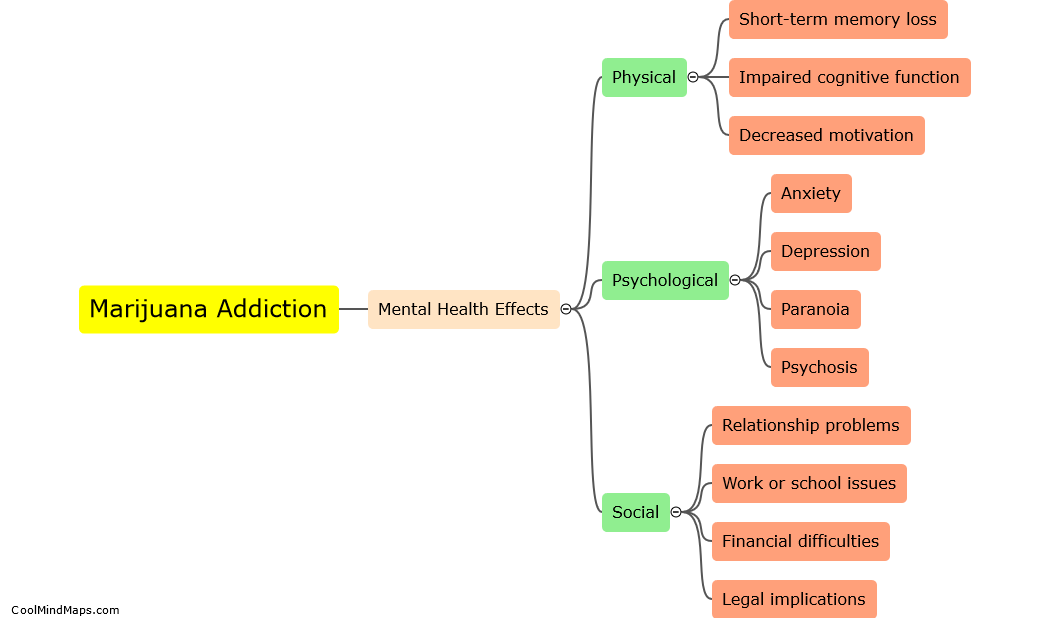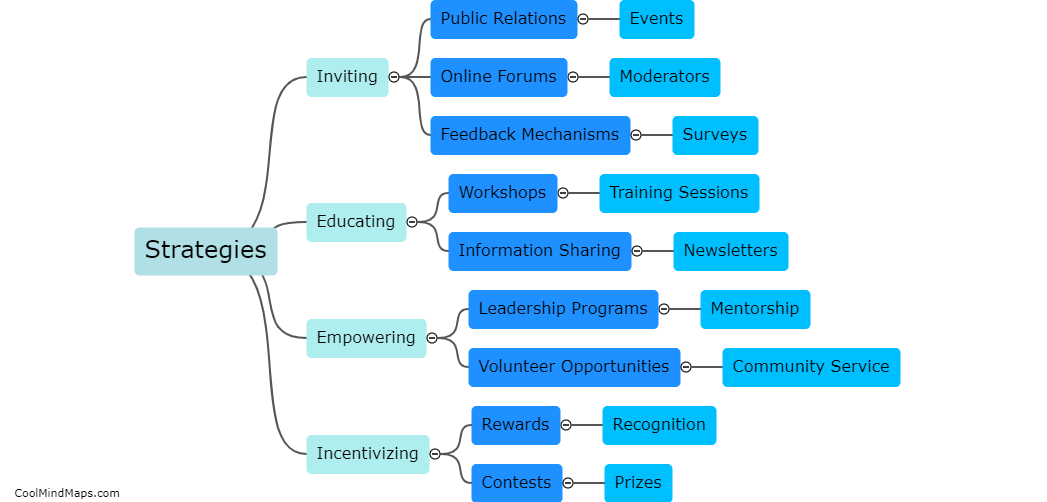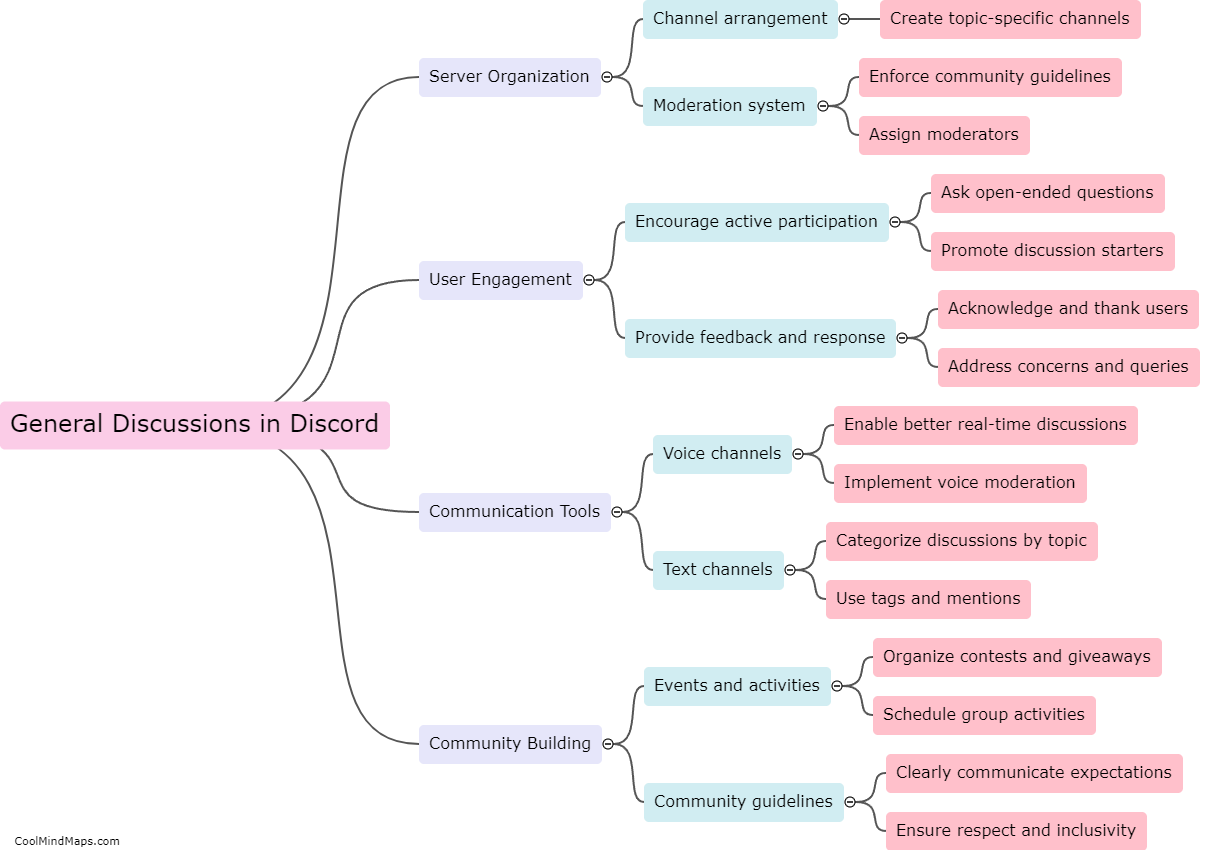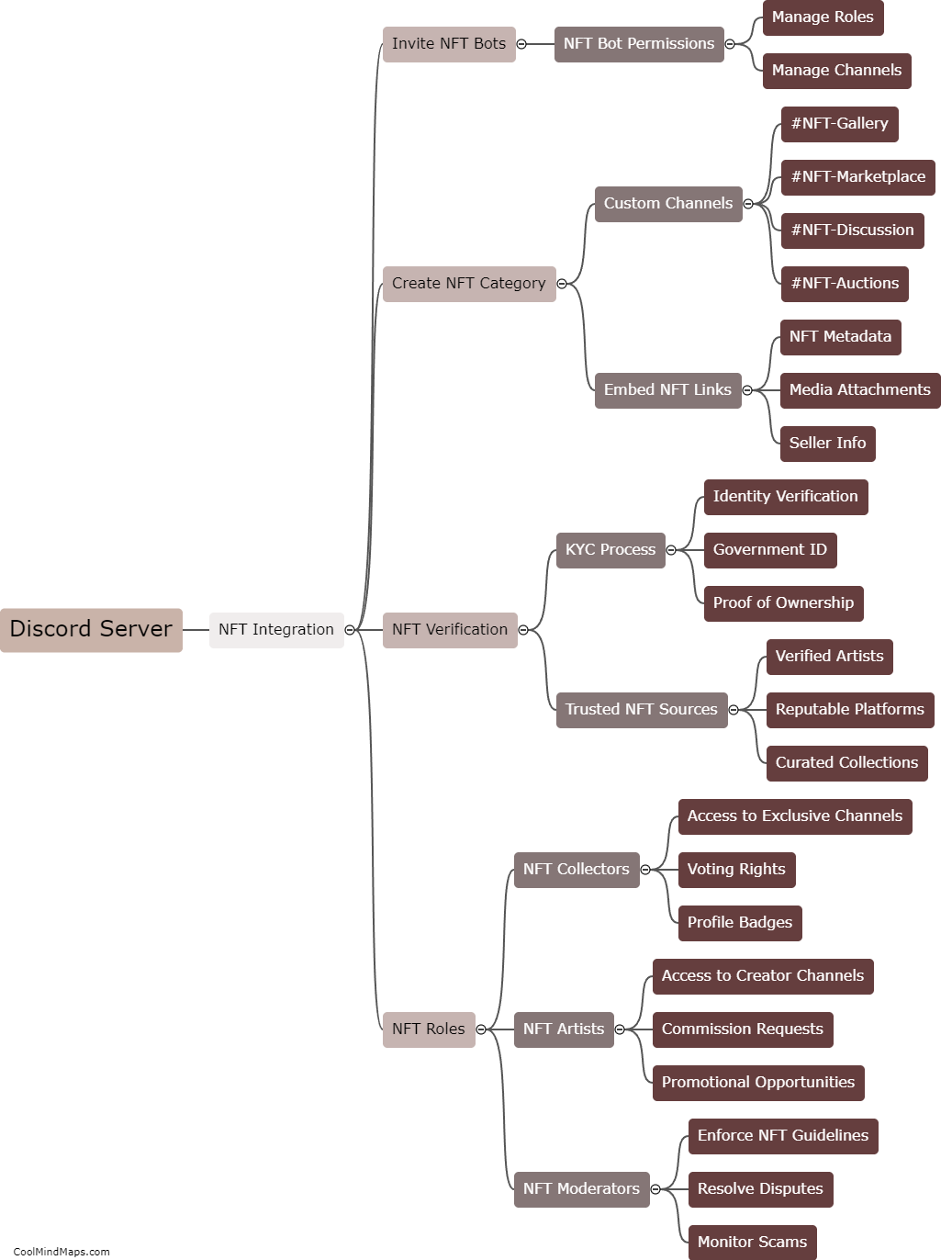What are the essential components of a Microeconomics portfolio?
A microeconomics portfolio typically includes several essential components that allow individuals to showcase their understanding and application of fundamental concepts within the field. Firstly, it should include various research projects or essays that analyze specific market conditions, consumer behavior, or production costs using economic principles. These projects may involve conducting empirical data analysis, applying economic models, and presenting well-supported conclusions. Secondly, it is important to include case studies that highlight real-world examples of microeconomic concepts in action, such as analyzing the impact of government policies or business strategies on markets and individual firms. Additionally, including a section that demonstrates proficiency in quantitative methods, such as using mathematical models to analyze supply and demand interactions, elasticity, or cost curves, is crucial. Lastly, a microeconomics portfolio should incorporate critical thinking skills by including essays or projects that critically assess various economic theories and their implications in different contexts.
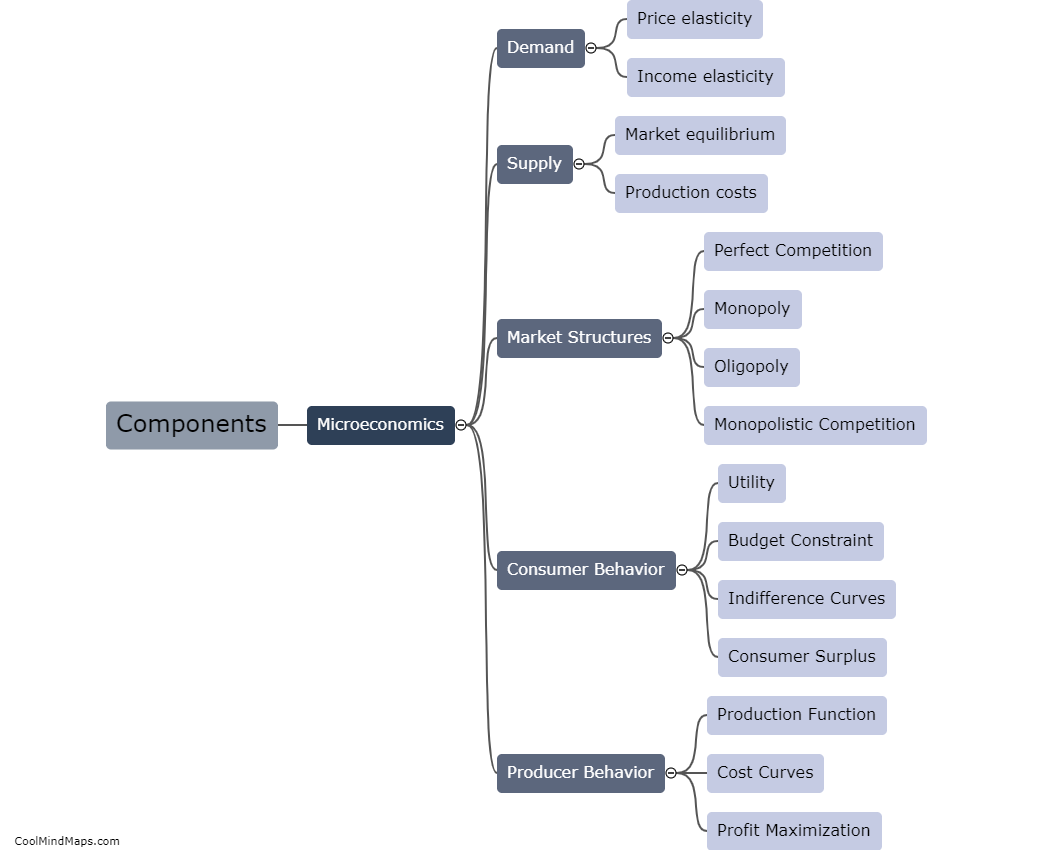
This mind map was published on 6 August 2023 and has been viewed 144 times.
